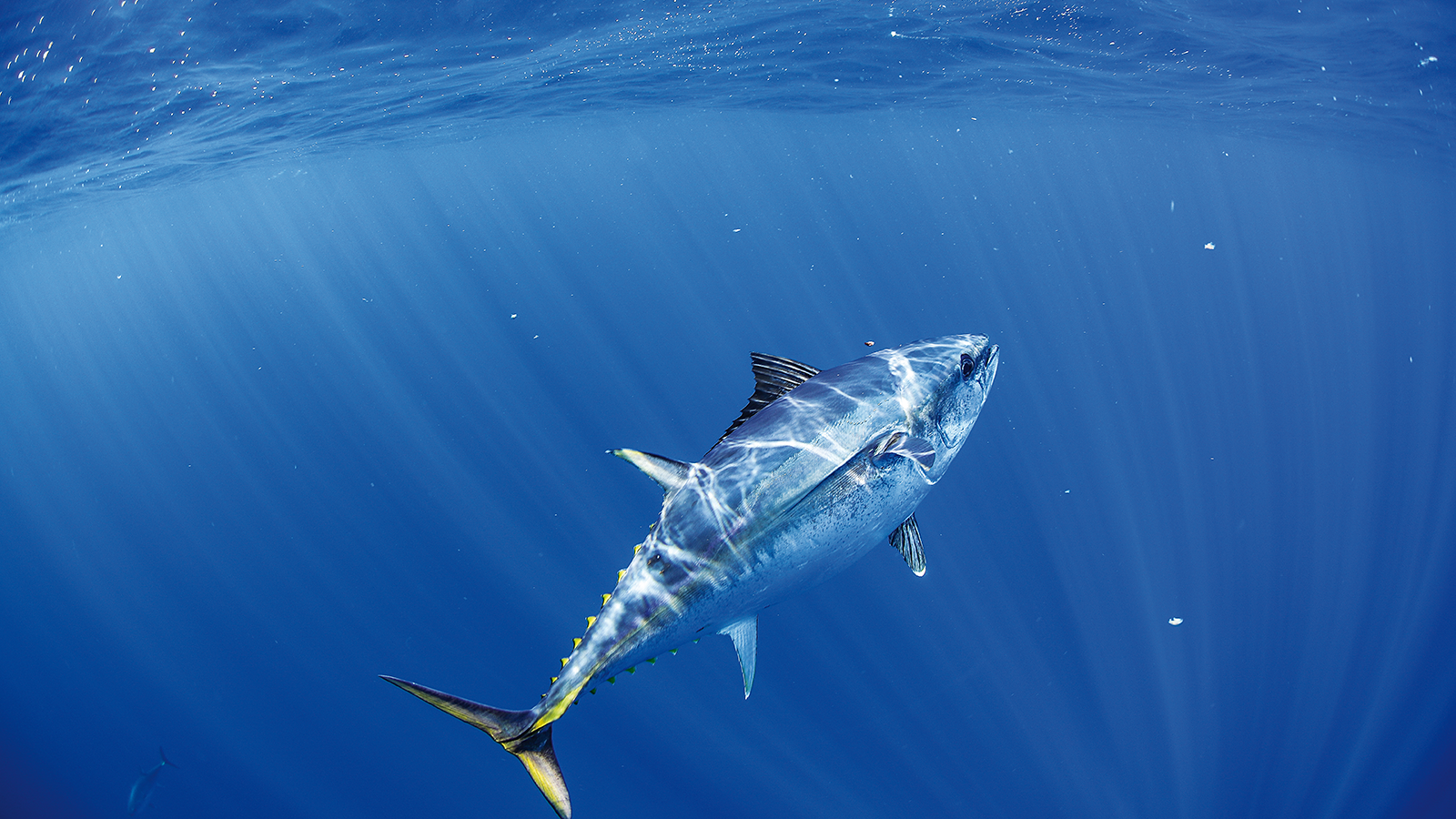Diagnosis and prevention of the mid-crop mortality syndrome of pond-reared black tiger prawns (Penaeus monodon)
Final report
The project has created knowledge which has led to the outcome of better health management on Australian prawn farms. Changes to farm practices have occurred where whole-farm destocking and pond disinfection are applied as a hygiene practice following a season where crop declines or failures are seen. During, and subsequent to, the project prawn farmers now understand that infectious disease can affect cultured marine prawns in earthen ponds. As a consequence many farmers will submit sick prawns for diagnostic analysis soon after stressed prawns are seen in ponds, not assuming the problems are due to pond environment factors.
The project has contributed to the recovery of the Queensland prawn farm industry from the low production seen in the 1995/96 season of 1,294 tonnes (worth $28.2m) to 1855 tonnes (worth $32.4m) reported in 1998/99. A similar outcome is reflected when Australian marine prawn production is considered; from a low of 1,400 tonnes in 1994/95 to 2,059 tonnes of production in 1997/98.
The project has shown that a virus associated with Mid-Crop Mortality Syndrome is passed from breeders to their progeny. The project has created the knowledge of a detection test and that application of that test can be used by hatcheries to reduce the effect of the virus on productivity in the hatchery and farms.









